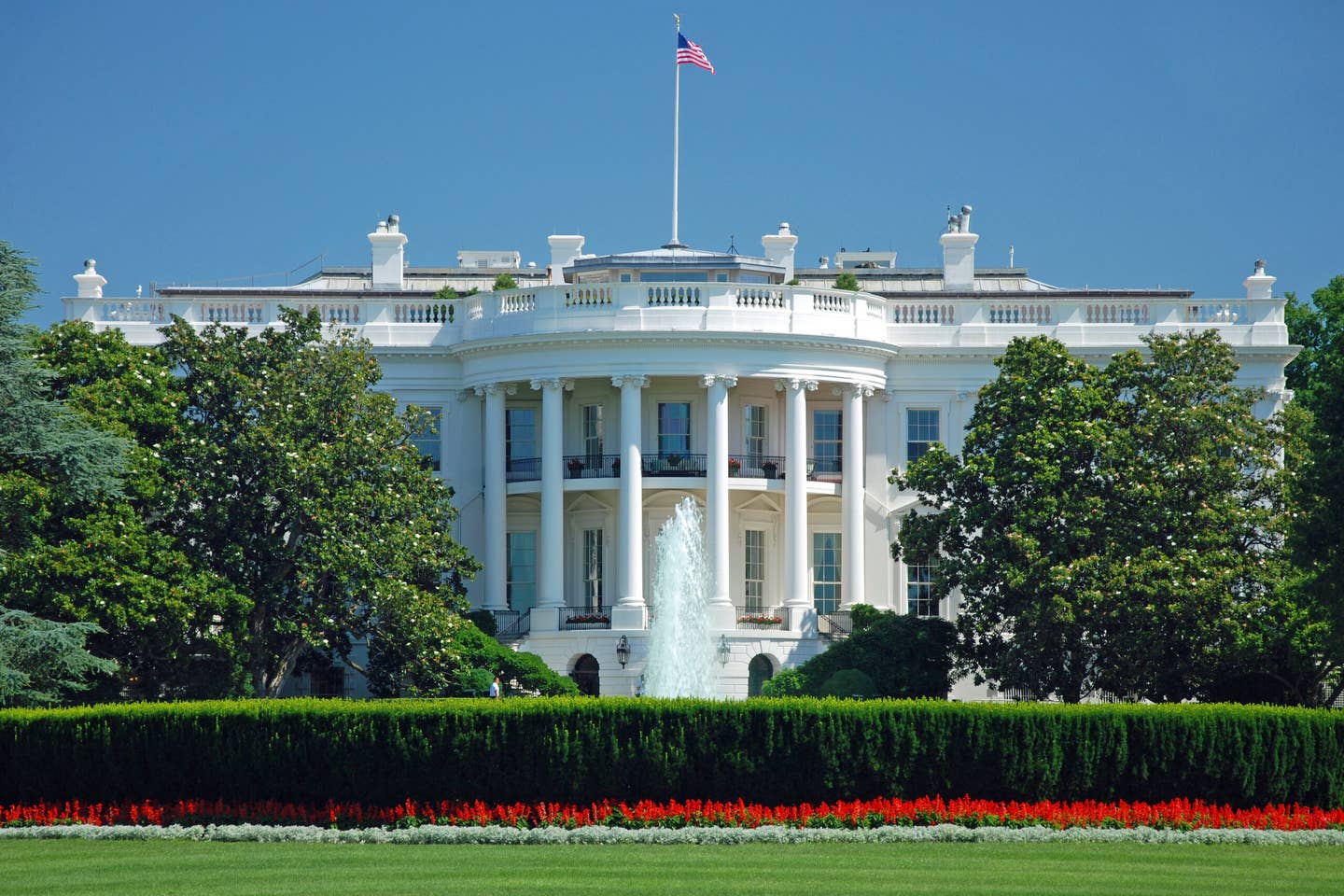White House Reviewing FAA Safety Rule Affecting Over 2,600 Companies
An FAA rule affecting smaller operators that has received significant pushback due to cost and implementation concerns is now under review at OMB.

The proposed rule is expected to affect charter, commuter and air tour operators, and aircraft manufacturers. [Photo: Vacclav/Shutterstock]
The White House has started reviewing an FAA safety rule affecting over 2,600 small carriers and manufacturers, many of whom have significant concerns about costs and their ability to actually comply with it.
The Safety Management Systems (SMS) rule, received at the Office of Management and Budget (OMB) last week, requires charter, commuter and air tour operators, and aircraft manufacturers to install an SMS—a requirement that currently applies only to large airlines, cargo, and regional carriers.
The proposed rule states that an SMS should provide a “structured, repeatable, systematic approach to proactively identify hazards and manage safety risk” and must have four components: safety policy, safety risk management, safety assurance, and safety promotion. Organizations are also required to document and maintain any records produced under the SMS.
A final rule is expected to be published this summer after OMB completes its review.
Billy Nolen, FAA’s acting administrator when the long-anticipated rulemaking was unveiled in January 2023, said at the time that expanding SMS to other players in the aviation industry will “reduce accidents and incidents and save lives. As safe and efficient as our system is today, we must always strive to achieve the next level of safety.”
READ MORE: FAA Targets Ground Crew Safety
But many of those responding during the 90-day comment period that followed fear they would not be able to comply with the rule as proposed.
“A properly functioning Safety Management System can be a tremendous benefit to all the stakeholders, but merely satisfying regulatory requirements is not good business for either FAA or industry,” wrote Michael McCullough, assistant director of operations for Jet Charter Inc., which operates a single, long-range turbojet.
“While SMS is already a standard practice within most commercial operations, the implementation of this NPRM [Notice of Proposed Rulemaking] needs to have a well-thought-out plan of action, taking into account the diverse nature [of smaller operators. The SMS requirements will need to be scalable to all operators and implemented in a logical manner.”
The National Transportation Safety Board (NTSB), which began pressuring the FAA to expand SMS beyond the large commercial airlines after a charter flight crash in 2015 killed all nine on board, supports the rulemaking. But the NTSB also agreed with McCullough’s concerns about scalability.
“More explicit guidance on strategies and methods for smaller operators to use to implement SMSs would reduce the burden on a wide range of operators in their efforts to comply with the proposed rules,” commented NTSB Chair Jennifer Homendy. “The FAA is in the best position to create a detailed and usable inventory of strategies and methods used by operators of all sizes to help operators scale SMSs to the size of their operations.”
Costs and Benefits
Specifically, FAA’s rule proposes to extend the SMS requirements to Part 119 certificate holders operating under Part 135, letter of authorization (LOA) holders operating commercial air tours under subsection 91.147, and certain certificate holders under Part 21.
The FAA estimated 1,907 Part 135 operators would be required to implement an SMS, along with approximately 694 air tour operators and about 65 aircraft design and production approval holders.
READ MORE: FAA Issues New Airport Safety Rule
The agency quantified annualized costs of $51.3 million, which it estimated to be the value of resources needed for affected operators and manufacturers to develop and implement an SMS. Benefits—which the FAA evaluated qualitatively—are the “value that would result from avoided fatalities, serious injuries, aircraft damage, and investigation costs.”
However, LifeFlight of Maine, a small Part 135 air medical operator, pointed out that the $7,500 to $38,120 initial and $4,380 to $39,420 annual recurring costs that the FAA estimated for small operators is “significantly” understated.
“Our experience to date is greater than a threefold increase[in the proposed costs],” wrote company LifeFlight CEO Joe Kellner. “More importantly, air medical operators have no methodology to pass these costs via price increases as neither Medicare/Medicaid or commercial medical reimbursement recognize or allow these costs. To this extent, despite the importance of the SMS effort, this is an unfunded mandate for air medical operations.”
Staffing Concerns
Several commenters were also concerned not just about their own added cost to comply with the proposed rule but whether the FAA itself was ready.
“I saw no discussion in the [rulemaking] about how the FAA is going to ramp up their manpower to accommodate the increased workload that this proposed rule will create,” stated Casey Riemer, special project manager for Jack Harter Helicopters, which conducts tours and charters in Hawaii.
“It is very clear that this proposed rule would create an unmanageable situation for [ours] and all other FSDO [Flight Standards District Offices] across the nation. The increased workload will lead to a lower level of safety oversight for the operators and the flying public.”
Christopher Young, president of Cheyenne, Wyoming-based CY Consulting Solutions, warned that the FAA’s ability to ramp up was even more concerning given that the rulemaking stipulates compliance deadlines between one and two years after the rule’s effective date, depending on the operation.
“The FAA will need to significantly increase staffing to review and approve implementation plans in a consistent and efficient manner to meet compliance deadlines,” Young commented. “It is unrealistic to think that all Part 135 and 91.147 air tour operators will all be compliant within the 24 months. The compliance requirement should be at least 48 months for all operators, no matter their size or complexity.”

Subscribe to Our Newsletter
Get the latest FLYING stories delivered directly to your inbox






